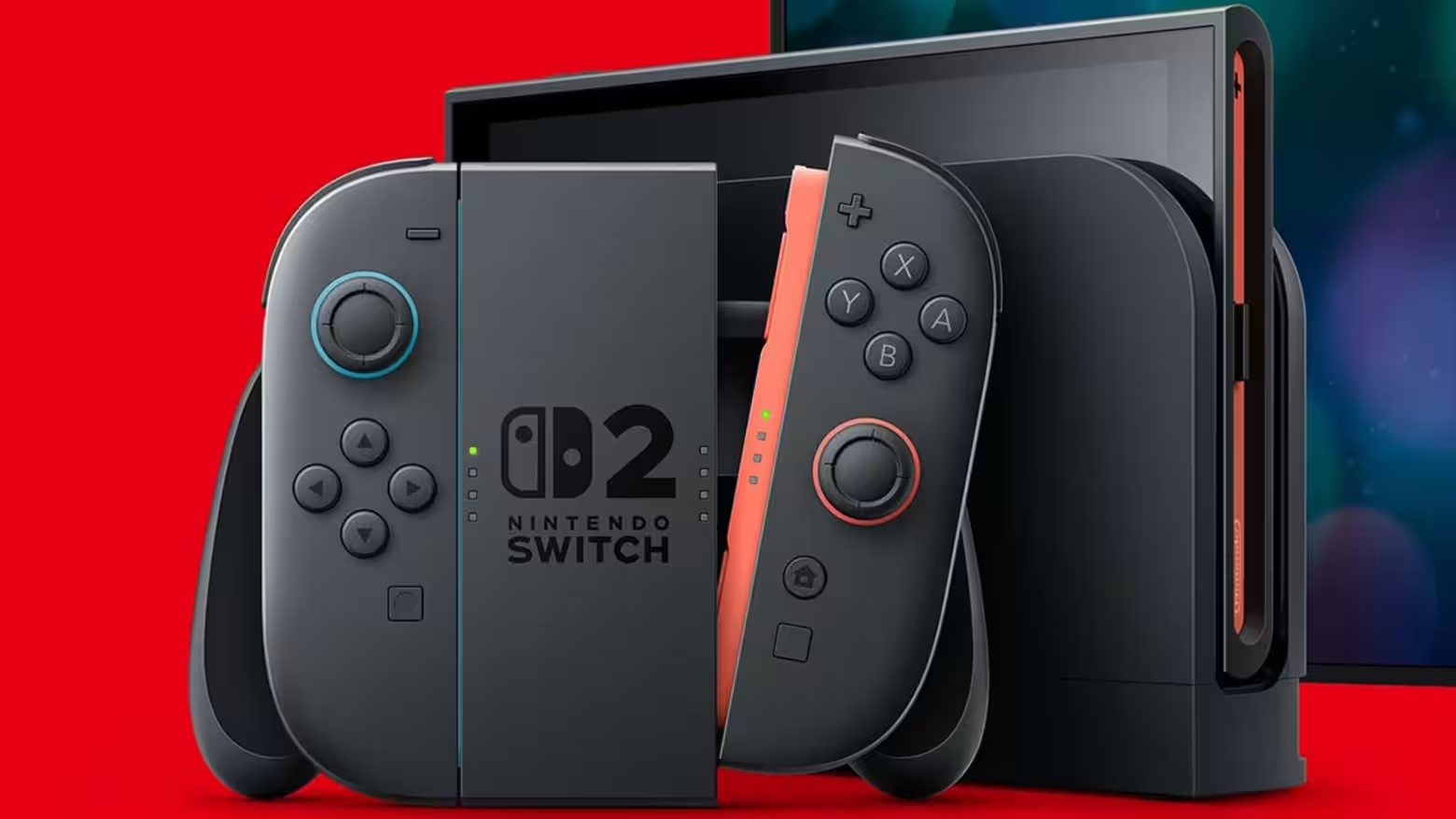In the fast-evolving digital world, creating has become a cornerstone of effective marketing. It is no longer a luxury but a necessity for businesses aiming to stand out. However, producing professional-grade visuals often requires substantial time, effort, and resources.
By incorporating AI tools like images into your design workflow, you can simplify the process, ensure brand consistency, and generate polished visuals more efficiently. This guide provides a comprehensive, step-by-step approach to using AI for branding, addressing common challenges, and offering actionable solutions to help you achieve your goals. In this guide, Andrew Lane shares a step-by-step tutorial on how to harness the power of AI for branding without sacrificing quality or creativity.

You’ll learn how to break the design process into manageable layers, use AI for brainstorming and prototyping, and refine your visuals with tools like Canva or Google Slides for a professional finish. Whether you’re looking to create eye-catching Instagram posts, polished website visuals, or reusable branded assets, this guide equips you with actionable strategies to save time, stay consistent, and elevate your brand’s visual identity. AI tools like ChatGPT images can streamline branding by generating initial visual concepts, but human refinement is essential for professional results.
Common challenges with AI-generated graphics include awkward layouts, low-quality elements, and limited customization, requiring a hybrid approach for better outcomes. A layered design workflow combines AI for ideation with tools like Canva or Google Slides for refinement, making sure flexibility and control over branding visuals. Effective AI integration involves defining your brand, creating mood boards, producing marketing assets, and refining designs with external platforms for high-quality outputs.
AI can enhance branding efforts across social media, web design, email campaigns, and custom stock photos, while reusable design elements ensure consistency and efficiency. AI tools have transformed the design landscape, offering unparalleled speed and convenience. However, they are not without limitations, and understanding these challenges is essential to achieving professional results.
Common issues include: AI-generated designs often lack the nuanced creativity of human designers, leading to unbalanced or impractical layouts that fail to capture attention effectively. The visuals produced may include pixelated images, subpar typography, or generic design elements that do not meet professional standards. AI tools frequently struggle to produce high-resolution, layered designs, making it difficult to refine or tailor outputs to align with your brand’s unique needs.
These challenges underscore the importance of adopting a that combines the speed and ideation capabilities of AI with the precision and customization of manual design tools. To address the limitations of AI-generated graphics, a is highly effective. This approach involves using AI tools like ChatGPT for brainstorming and generating initial concepts, while relying on external design platforms such as Canva, Adobe Illustrator, or Google Slides for refinement and final assembly.
By breaking the process into manageable steps, you can achieve professional, on-brand visuals with greater flexibility and control. This workflow not only enhances the quality of your designs but also ensures that your brand’s identity remains consistent across all platforms. It allows you to use AI for its strengths—speed and ideation—while maintaining the human touch necessary for polished, professional results.
Dive deeper into AI images and visuals with other articles and guides we have written below. Here’s how you can effectively integrate AI into your branding workflow: Begin by providing ChatGPT with detailed information about your brand. Include your mission, target audience, and visual identity.
Share examples or references to help the AI understand your brand’s unique personality and tone. Use ChatGPT to articulate your brand’s mood, style, and aesthetic. Refine these descriptions until they align with your goals and resonate with your audience, making sure a cohesive visual identity.
Use AI to generate mood boards and initial design concepts. These serve as a foundation for exploring creative directions and refining your brand’s visual identity. Ask AI to create visuals tailored to specific marketing channels, such as social media, websites, or email campaigns.
Focus on reusable elements like custom stock photos, accent graphics, and overlays to save time and maintain consistency. Export AI-generated elements and assemble them in tools like Canva or Google Slides. For high-resolution outputs or advanced editing, consider using platforms like Adobe Photoshop or Sora to enhance your designs further.
This structured approach ensures that you can harness the power of AI while maintaining the flexibility and precision needed for professional branding. To maximize the benefits of AI tools in your branding efforts, consider the following best practices: Provide detailed instructions on colors, styles, and moods to guide AI outputs. The more precise your input, the closer the results will align with your vision.
Ensure your visuals emphasize the benefits or outcomes your brand delivers to its audience. This approach helps create a stronger emotional connection with your target market. Develop a collection of reusable branded elements, such as overlays, icons, and accent graphics.
This library will save time and ensure consistency across future projects. Use AI for ideation and initial drafts, but rely on human designers for refinement and final touches to achieve a polished, professional look. By following these practices, you can ensure that your branding efforts are both efficient and effective, using AI as a powerful tool while maintaining the human touch that sets your brand apart.
ChatGPT images and other similar AI tools can significantly enhance various aspects of your branding and marketing efforts. Here are some practical applications: Design cohesive Instagram feeds, Facebook posts, and Pinterest graphics that reflect your brand’s identity and engage your audience. Create custom visuals for websites, landing pages, and blog posts to ensure a consistent and professional online presence.
Develop branded email templates with unique graphics and layouts that capture attention and drive engagement. Generate on-brand stock images tailored to your specific needs, eliminating the need for generic or off-brand visuals. Design transparent overlays, icons, and other assets that can be repurposed across multiple platforms, saving time and maintaining consistency.
These applications demonstrate the versatility of AI tools in enhancing your branding efforts, allowing you to create impactful visuals that resonate with your audience. AI has emerged as a powerful ally in the design process, offering unparalleled speed and inspiration. However, achieving polished, professional results requires a that combines AI-generated elements with manual refinement.
By adopting this approach, you can create high-quality, on-brand visuals efficiently, saving time while making sure consistency across all your marketing channels. This strategy not only enhances your branding efforts but also helps you build a cohesive and impactful brand identity that resonates with your audience. Media Credit:.
Technology

ChatGPT Image Hacks To Build Your Brand Faster in 2025

In the fast-evolving digital world, creating high-quality, branded visual content has become a cornerstone of effective marketing. It is no longer a luxury but a necessity for businesses aiming to stand out. However, producing professional-grade visuals often requires substantial time, effort, and resources. By incorporating AI tools like ChatGPT images into your design workflow, you [...]The post ChatGPT Image Hacks To Build Your Brand Faster in 2025 appeared first on Geeky Gadgets.















